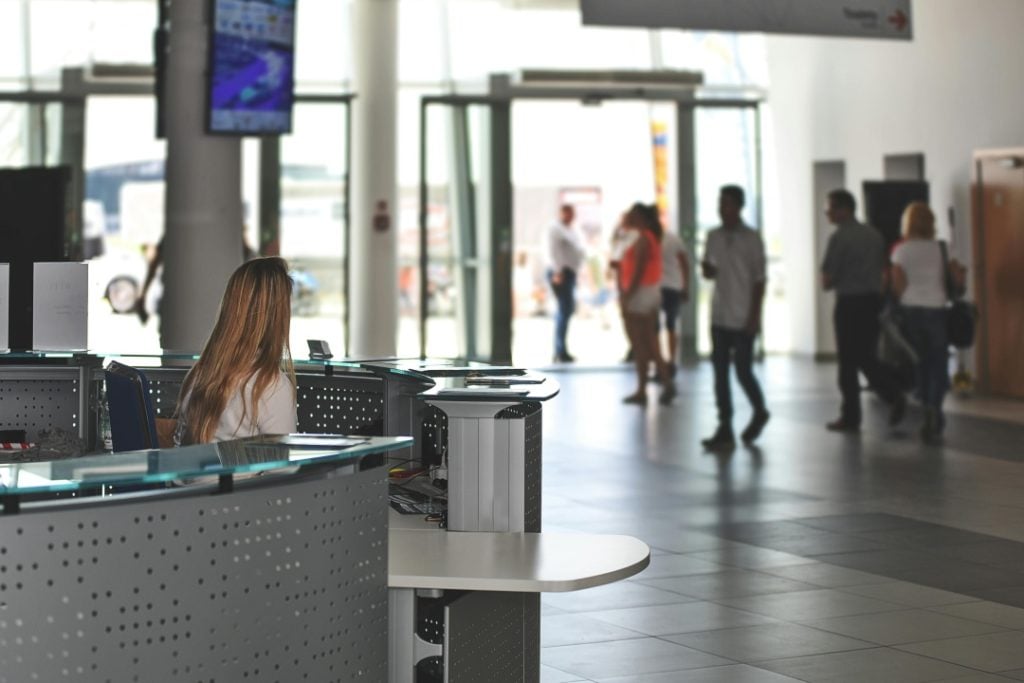Not long ago, remote work felt like a lifeline. When the world shut down in 2020, workers suddenly went into ‘work from home’ mode, juggling laundry, kids, and Zoom calls. It had its own share of problems, but due to a lack of options, it worked.
A 2023 Pew Research poll found 35 percent of remote workers opting to work from home. Fast forward to today, and return-to-office (RTO) mandates are flipping the script.
Companies like Amazon and Dell are calling workers back, leaving workers to adjust to a new reality. So, what’s changed, and how are people coping? Let’s dive in.
The Remote Work Days
Back in the remote heyday, life looked different. No commutes meant extra hours for sleep or family, and pajama-clad meetings became the norm. 83 percent of employees feel they operate at similar or higher productivity levels at home, thanks to fewer distractions and quieter spaces.
But it wasn’t all rosy. Isolation crept in for some, and tech hiccups, like spotty Wi-Fi or endless video lags, tested patience. Parents juggled kids and deadlines, while others missed the buzz of office chatter. Still, many found a rhythm, proving work didn’t need four walls and a desk.
Then came the mandates. By late 2024, 75 percent of U.S. workers faced some form of RTO policy, up from 63 percent in 2023, according to Pew. For those who’d built lives around remote setups, moving farther from city centers or picking up side gigs, this shift stung. It’s not just about losing flexibility, but the jolt of relearning how to “office” again.
Adjusting to the Return
Now, workers are dusting off dress shoes and recalibrating. Some love it, seeing colleagues face-to-face sparks ideas and rebuilds bonds.
A 2024 Great Place To Work survey found that 27 percent of employees look forward to coming to work. But of course, others struggle. Long commutes eat into time once spent on hobbies or rest, and packed offices bring back noise and interruptions.
Resistance is real. Blind’s 2024 poll showed 73 percent of Amazon employees job-hunting after their five-day return to office mandate kicked in.
“Quit and stay” started trending too. Also called ‘quiet quitting’, it had people showing up for work but checking out mentally. It’s a tug-of-war between what workers want and what bosses think boosts the bottom line, even though studies, like one from Pitt Business in 2024, found no clear profit bump from RTO.
Welcoming Visitors in the New Office Era
Return-to-office mandates also mean more visitors, like clients, candidates, or contractors, showing up again. Managing that influx smoothly is key to keeping the workplace sharp and secure.
A visitor management solution is a good way to handle check-ins with ease and cut any front-desk chaos. Greetly suggests opting for systems where guests preregister, get directions, and sign in touch-free via their phones. The hosts get instant pings through Slack or email. This is important, especially when offices are buzzing with new faces.
Touchless sign-ins keep germs at bay, and instant alerts ping hosts via Slack or text, so no one’s left waiting. In a hybrid world, where some days are remote and others aren’t, this ensures there are fewer waiting times.
What Workers Are Feeling Now
The current sentiment is mixed. Some cheer the return of watercooler chats, those offhand talks that spark breakthroughs. Others mourn the quiet focus of home offices, bristling at mandates that feel like control grabs.
A 2024 Visier report noted that 29 percent of companies that made RTO mandates compulsory are struggling with recruitment. Workers want a say. When they get it, they’re three times more likely to stick around, per Great Place To Work. Without it, resentment festers.
Office capacity is another area that got overlooked. Packed offices mean juggling desk space, and not every building’s ready. Tech helps here too. Systems that cap headcounts or map out who’s where keep things sane. For candidates dropping by, a smooth check-in shows that a company’s got its act together.
Finding the Balance
Is remote work dead? Not really, but it is clear that it is shrinking. Mandates are real, but so is pushback. Workers aren’t the same as they were pre-2020. They’ve tasted freedom and won’t forget it.
Companies forcing a full rewind risk losing talent, especially with the top performers who have options. Technology makes in-office days less painful with tools that manage the flow and keep vibes positive. Flexibility is the way forward, beneficial for all. Give workers a voice, and they’ll show up, body and soul.

Amanda Dudley is a lecturer and writer with a Ph.D. in History from Stanford University. After earning her doctorate in 2001, she decided to pursue a fulfilling career in the educational sector. So far, she has made giant strides by working as an essay writer for EssayUSA, where she delivers high-quality academic papers to students who need them.




![‘Jay Kelly’ Review – Noah Baumbach Makes A Case For The Magic Of Movie Stardom [NYFF 2025] ‘Jay Kelly’ Review – Noah Baumbach Makes A Case For The Magic Of Movie Stardom [NYFF 2025]](https://cdn.geekvibesnation.com/wp-media-folder-geek-vibes-nation/wp-content/uploads/2025/11/Jay-Kelly-JKELLY_20240523_15320_C2_R-300x180.jpg)

